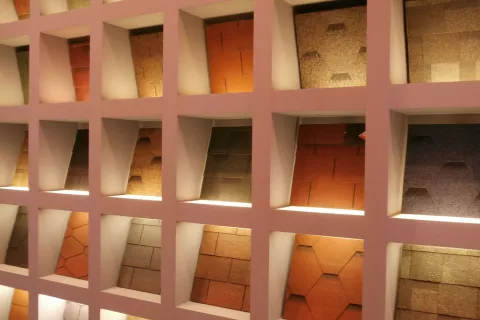Search
Search
1419 results were found.
No results were found with the selected filters
Learn everything there is to know about shingles in our IKO blogs.
Contact our IKO professionals
Contact us by filling in form and get in touch with our IKO professionals.
Attention: IKO is a B2B organisation and manufacturer.
No direct sales to private persons.
Our products
Thank you for your interest in our newsletter! We have well received your subscription.
Get to know our products: see our shingles or accessories overview.
Get to know IKO, the Shingles Expert.









